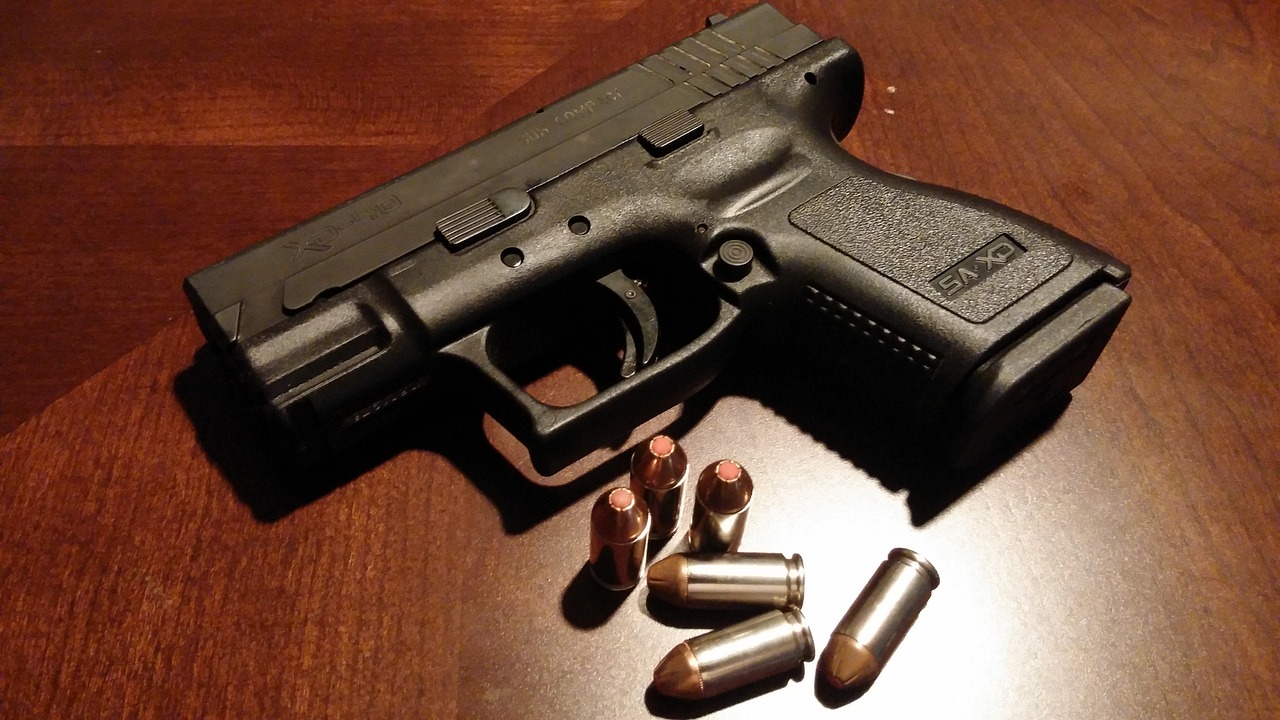A federal judge for the US District Court of Minnesota Friday struck down a Minnesota law requiring individuals to be at least 21 to obtain a permit to carry a handgun in public. US District Judge Katherine Menendez ruled that the minimum age requirement violated the Second Amendment right to keep and bear arms and was therefore unconstitutional.
The case was brought before the court by gun-rights advocacy organizations and several individuals under 21 who argued that the age restriction in Minnesota’s permit-to-carry law violated their Second Amendment rights. Specifically, they argued that the Second Amendment text protects the rights of 18- to 20-year-olds to bear arms for self-defense because that age group had the right to bear arms when the Second Amendment was ratified.
The Second Amendment states: “A well regulated Militia, being necessary to the security of a free State, the right of the people to keep and bear Arms, shall not be infringed.” Last year, the US Supreme Court in New York State Rifle & Pistol Association, Inc. v. Bruen formulated the following two-part test for evaluating laws regulating firearm possession:
[W]e hold that when the Second Amendment’s plain text covers an individual’s conduct, the Constitution presumptively protects that conduct. To justify its regulation, the government may not simply posit that the regulation promotes an important interest. Rather, the government must demonstrate that the regulation is consistent with this Nation’s historical tradition of firearm regulation. Only if a firearm regulation is consistent with this Nation’s historical tradition may a court conclude that the individual’s conduct falls outside the Second Amendment’s “unqualified command.”
The Bruen test first requires a court to determine whether the Second Amendment’s plain text covers an individual’s conduct. Then, the government must demonstrate that the proposed regulation is consistent with US history and tradition of firearms regulation. The latter step requires courts to exclusively inquire into the history and tradition of US firearm regulation to resolve Second Amendment cases. Judge Menendez acknowledged her “reservations” regarding the historical inquiry analysis, stating that “judges are not historians.”
In her decision, Judge Menendez applied the Bruen test and sided with the plaintiffs. She held that the Second Amendment’s plain text does not suggest an age limit and that reference to “the people” includes 18- to-20-year-olds. Therefore, it presumptively protects the right of that age group to bear arms in public for self-defense. She then found that the defendants failed to identify an analogous regulation that showed a historical US tradition of prohibiting 18- to-20-year-olds from possessing handguns for self-defense.
Gun rights activists have celebrated the decision, calling it “…a resounding victory for 18-20-year-old adults who wish to exercise their constitutional right to bear arms.” Those calling for stricter firearms regulation believe that it will only lead to more people with more guns. In her ruling, Judge Menendez acknowledged that applying the historical inquiry analysis from Bruen could lead to such a situation, stating:
Given the relative dearth of firearms regulation from the most relevant period where that lens is aimed, the endeavor of applying Bruen seems likely to lead, generally, to more guns in the hands of more people, not just young adults.
Gun control remains a highly divisive and politically charged issue in the US. This decision follows a recent school shooting in Nashville, Tennessee, which has reignited debate about firearm regulation.


